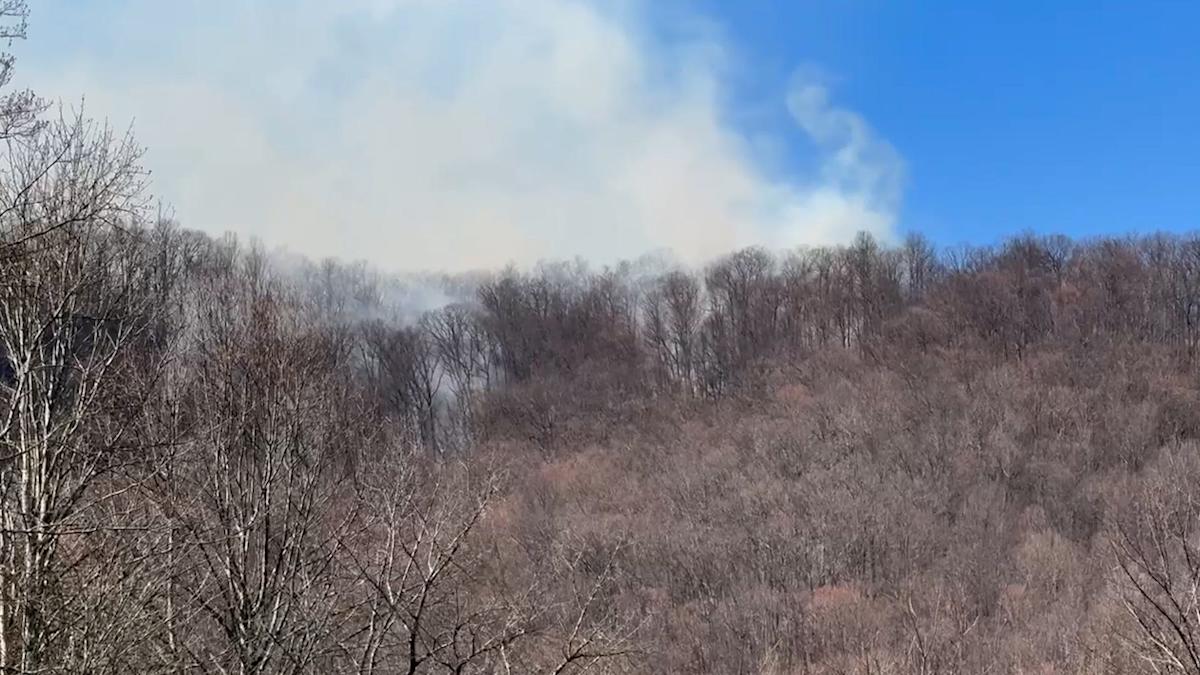As wildfires cover part of Western North Carolina and South Carolina, it is essential to gather and prepare for possible evacuations to be put in place.
Several counties in WNC have declared states of emergency since the fires began last week, with more adding to the list.
Here’s what to know about emergency preparedness in a wildfire.
What to bring when leaving your home in a natural disaster?
When evacuating from a wildfire, the Five Ps of Evacuation are people, prescriptions, papers, personal needs and priceless items.
The Five P’s should be brought with you if you have time to get them and if it is safe to do so.
-
People, possibly pets and livestock, are the primary evacuees.
-
Prescriptions include dosages, medicines, medical equipment, eyeglasses and hearing aids.
-
Papers include important documents in either hard or electronic copies on flash or hard drives.
-
Personal needs include food, clothes, water, cash, phones, chargers and items for anyone with disabilities.
-
Priceless items include photos, irreplaceable mementos and other valuable commodities.
What to do during a wildfire?
If you are in the middle of a wildfire, it is essential to follow the instructions of the agencies responsible for battling the fires.
The National Weather Service issues alerts throughout the day regarding weather patterns and evacuations.
If authorities tell you to evacuate, do so as quickly as possible. If you cannot evacuate on your own, call emergency services for assistance.
What are evacuation levels for wildfires?
In an emergency evacuation situation, there are three levels to be aware of. Emergency services utilize a stoplight color system to communicate evacuation status for various areas.
-
Level 1 (Green): Be ready to evacuate by monitoring the news. Have your emergency kit ready to go.
-
Level 2 (Yellow): Be set to evacuate at a moment’s notice. Have plans in place and be prepared to relocate to a shelter or with others outside of the affected area.
-
Level 3: (Red): Leave immediately. At this level, you should be on your way out of the area as there is immediate danger nearby.
How to protect your home during a wildfire?
The National Fire Prevention Agency recommends breaking the home into three areas and protecting your home based on the divided sections.
The first section is the immediate zone, which includes the home and anything 5 feet away from it. The NFPA asks people preparing for wildfires to start with the home itself and then move to the outward sections. The agency advises cleaning roofs and gutters of dead leaves, debris and pine needles that could catch embers.
The agency also recommends:
-
Repairing or replacing any shingles to prevent ember penetration.
-
Cleaning debris from exterior attic vents.
-
Repairing or replacing damaged or loose window screens and any broken windows.
-
Moving any flammable material away from wall exteriors.
The immediate zone included anything 5 to 30 feet away from the home. The agency recommends:
-
Clearing driveways, walkways, paths, patios and decks to create breaks in burnable surfaces.
-
Keep lawns and grasses mowed to a height of 4 inches.
-
Clear vegetation from under large, stationary propane tanks.
The extended zone is anything 30 to 100 feet from the home. The goal in this area is not to eliminate the fire but to interrupt the path.
The NFPA suggests:
-
Disposing of heavy accumulations of ground litter or debris.
-
Removing dead plant and tree material.
-
Removing vegetation adjacent to storage sheds or other outbuildings within the area.
This article originally appeared on Asheville Citizen Times: What to bring when evacuating for wildfires, how to prepare your home
